This book is a companion volume to the recently published Labour Bondage in West India. Both the volumes are an outcome of the author’s return to the villages of his earlier fieldwork in South Gujarat between 2004 and 2006. His aim was to ascertain whether economic growth during the last half century had indeed helped to improve the lot of the rural proletariat. As before, the poverty-stricken landless labourers are the subject of this study. Challenging the economists’ view on the meaning, magnitude, and dynamics of poverty, Breman presents a case for analysing deprivation within a wider social context. His findings show that the landless may not have become poorer than they were half a century ago but the gap separating them from the better-off in the village economy has widened enormously. The market economy has not created more economic, political, and social space for them. Footloose, underemployed, and working for paltry wages, this class is struck far below the poverty line. The author disputes the view that his findings are specific for the region under investigation. The data compiled and the variation within it–nature of the agricultural economy, proximity to urban centres, access to industrial employment, and caste and class identity of the employers–clearly establishes that work and life in the rural slums has to be understood in the wider setting of marginalization leading to exclusion. Complemented by about 130 photographs, this study will attract students and scholars of sociology, anthropology, economics, and development studies. It will also be useful for policy makers and NGOs working for the uplift of the poor.
At Work in the Informal Economy of India: A Perspective from the Bottom Up
A large workforce of the ...
$52.20
$58.00


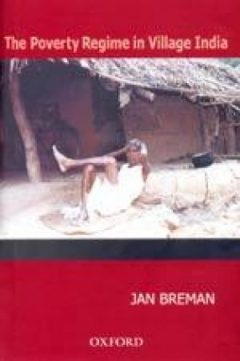


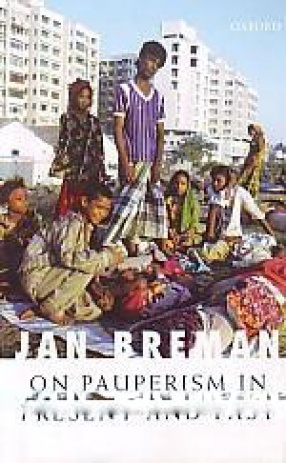
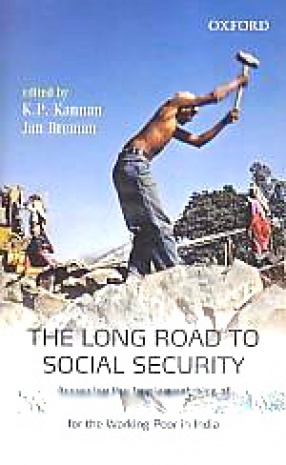
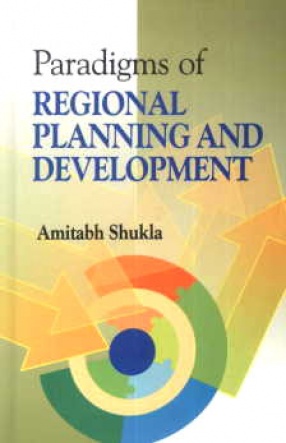
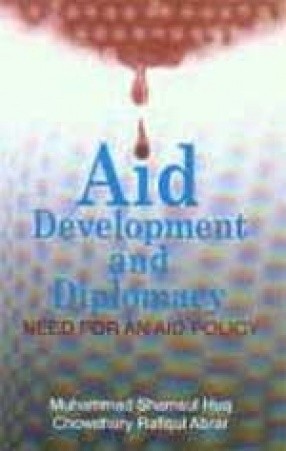

There are no reviews yet.